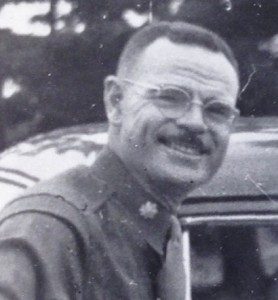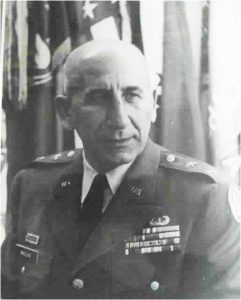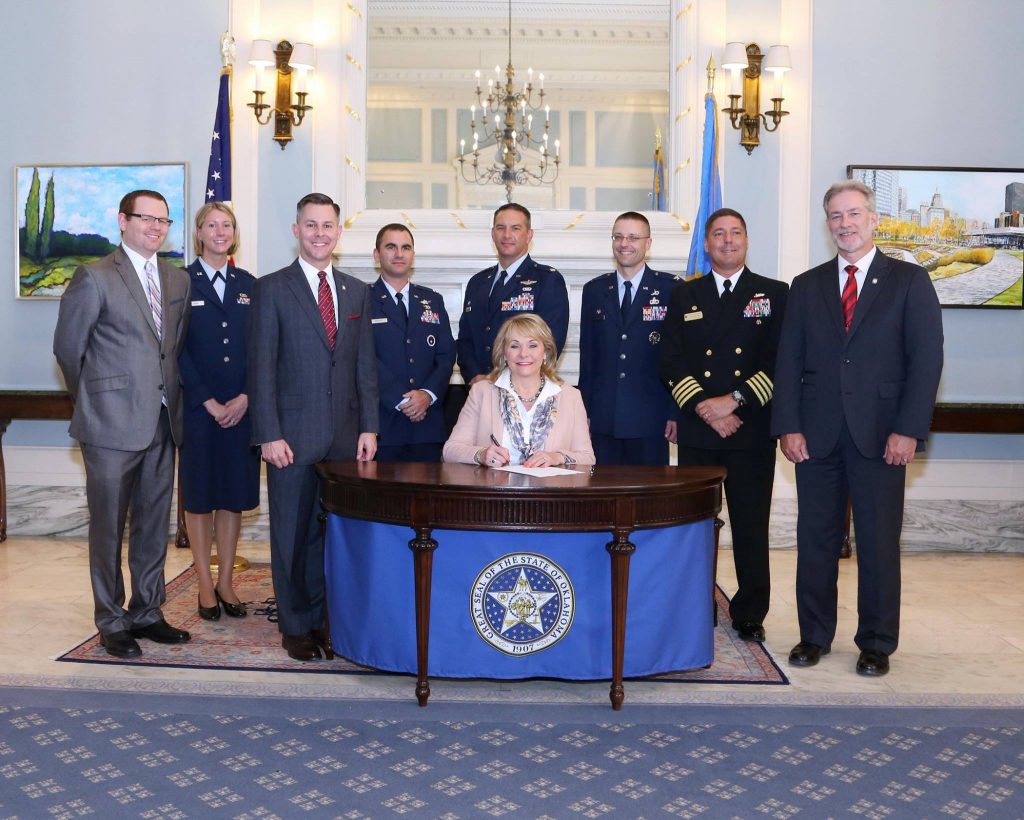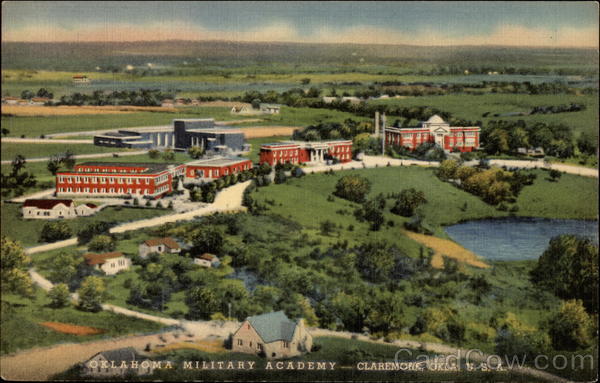
In its storied history, Oklahoma Military Academy’s Reserve Officer Training Program produced thousands of military leaders including one who led the last horse cavalry charge in U.S. Army history and another who was awarded a battlefield promotion to major by the legendary Gen. George S. Patton.
This year marks the 100th anniversary of the Reserve Officer Training Corps (ROTC) nationwide, and the Oklahoma Military Hall of Fame will recognize state ROTC programs and their alumni at an Oct. 21 banquet at the Embassy Suites in Norman, said Maj. Gen. Douglas O. Dollar, founder of the Hall of Fame.
Dollar, who lives in Stillwater, is an Oklahoma State University ROTC graduate and founder of the Military Hall of Fame. ROTC alumni are encouraged to find further information and register to be recognized for their service on a web site set up especially for the event, https://okhonorscampaigns.org.
Since ROTC was established nationally in 1916, many ROTC cadets have fought in the nation’s wars including World War II, the Korean War, the Vietnam War, and the wars in Iraq and Afghanistan.
The Oklahoma Military Academy (OMA), located in Claremore, was founded in 1919 and closed in 1971. Its alumni association meets annually and will hold this year’s Alumni Reunion on June 10 and 11 at Rogers State University, the former site of OMA at Claremore.
During the 52 years of its existence, OMA trained more than 10,000 ROTC cadets with approximately 80 percent serving in wartime, said Phil Goldfarb, an OMA alumnus, historian and President of the OMA Alumni Association.
Lt. Col. Edwin Price Ramsey, an OMA graduate, led a horse cavalry charge in the Philippines shortly after World War II began.bLt. Gen. William E. Potts, the highest ranking graduate of OMA, entered World War II as a second lieutenant and became the youngest field grade officer to lead a battalion in the European theater of World War II.
In 1932, OMA received an Honor School rating for its ROTC program. It received that Honor designation each year until it close in 1971.
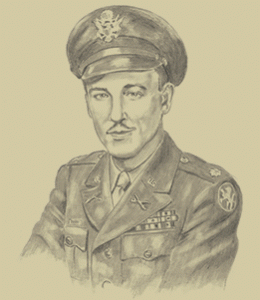 Lt. Col. Edwin Price Ramsey
Lt. Col. Edwin Price Ramsey
On Jan. 16, 1942, American and Philippine soldiers were fighting to repel invading Japanese forces in the Philippines on Bataan. As some of the Japanese forces neared the American and Philippine lines, Ramsey and his horse cavalry unit charged the Japanese soldiers, driving them off.
Gen. Jonathan Wainwright, commander of forces in the Philippines, awarded Ramsey the Silver Star for gallantry for leading the horse cavalry charge, the last in U.S. Army history. When Bataan and the rest of the Philippines fell to the Japanese, Ramsey escaped and formed a guerilla unit that fought the Japanese until the war ended.
Ramsey, who died in 2013, wrote a book about his adventures, Lieutenant Ramsey’s War.
Lt. Gen. William E. Potts
Potts fought in World War II, Korea and Vietnam. A native of Heavener, Potts was only 22 when Patton promoted him to major in recognition of his leadership as a battalion commander. He commanded an armored cavalry unit.
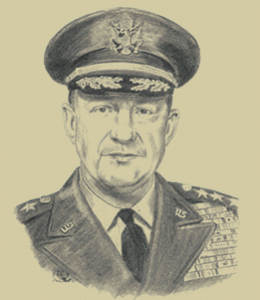 While at OMA, Potts was named a Distinguished Honor Graduate of OMA and the outstanding ROTC graduate by the U.S. Reserve Officer’s Association.
While at OMA, Potts was named a Distinguished Honor Graduate of OMA and the outstanding ROTC graduate by the U.S. Reserve Officer’s Association.
Seven countries, including France, the Republic of China and the United States have honored him with 51 decorations including the Distinguished Service Medal, Silver Star and Purple Heart.
Potts died in 2005. He and Ramsey are in the Oklahoma Military Hall of Fame. Potts was inducted into the Oklahoma Military Hall of Fame in 2009, and Ramsey was inducted in 2010.
Originally when OMA was established at Claremore in 1919, it was a high school. It was the first high school in Oklahoma to have Junior ROTC. By 1923, OMA was a six-year institution including four years of high school and two years of junior college.
In 1930, OMA had 289 cadets enrolled and established a senior ROTC Cavalry program. The federal government sent 60 horses and 11 enlisted men to OMA for training.
OMA closed in 1971 because of declining enrollment. Rogers State University now sits where OMA trained young soldiers.



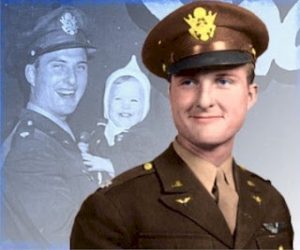
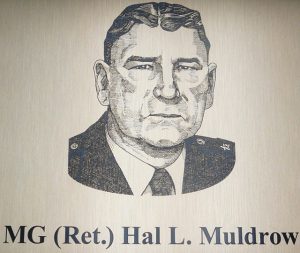 Muldrow, who lived in Norman, eventually would command the 45th. Funk, of Oklahoma City, would be a Colonel and would make the Army his career.
Muldrow, who lived in Norman, eventually would command the 45th. Funk, of Oklahoma City, would be a Colonel and would make the Army his career.